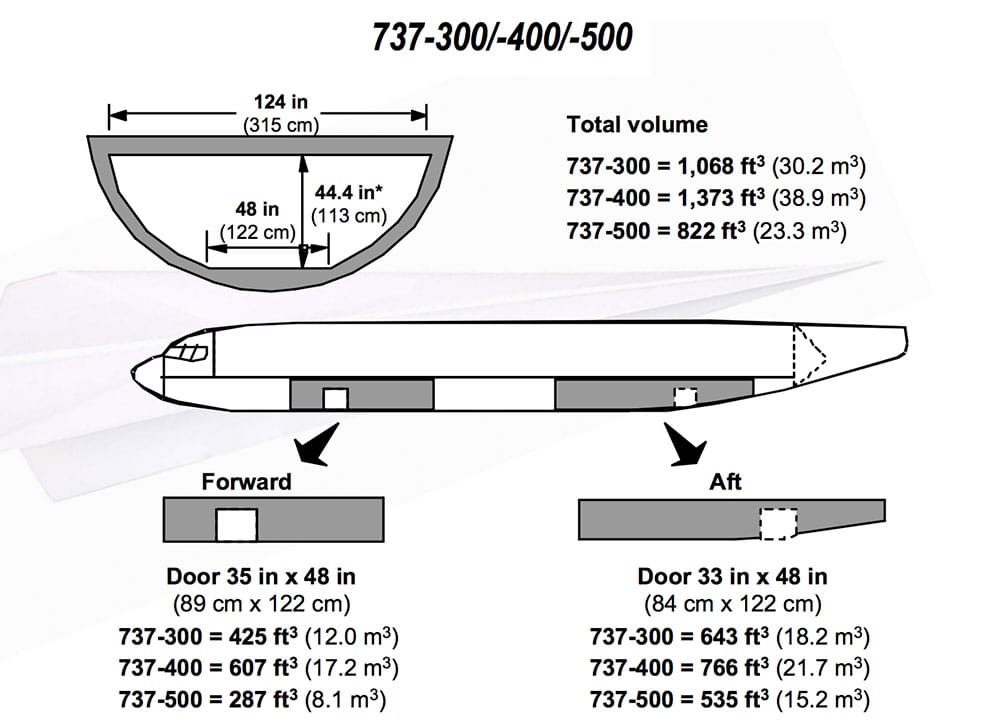A story published Friday in the Liverpool Echo and later picked up by The Daily Mirror criticized British low-cost airline Jet2 for refusing to transport a disabled passenger because his wheelchair was “too big.” The story stops short, misses the mark and should serve as a case study in poor reporting.

The passenger, Mr. Daniel Wakefield, has spinal muscular atrophy and uses a power wheelchair to aid in his mobility. He had booked a travel package which included return airfare on Jet2. He planned to travel from the UK to Rome, Italy to attend a football match between Liverpool FC and A.S. Roma.
Prior to his trip, Jet2 notified Mr. Wakefield that his wheelchair was too tall to fit on the aircraft and he could not fly. The airline is one of the few to clearly state the limitations posed by cargo door height on its website:
Please note, electric mobility aids which exceed 81cm in height will only be carried if the height can be reduced by either folding/removing the seat to enable it to fit through the aircraft hold door. Full details of how to fold the device and the height once folded must be provided before carriage can be granted.
The Echo reports that Mr. Wakefield’s wheelchair is 120cm tall (roughly 47 inches), meaning that it is too large according to the airline’s stated policy. Despite that fact, Mr. Wakefield is quoted as having said the following:
Even if it was proven the chair can’t fit in the hold – which I think is rubbish – the wider point still stands that the laws need changing to give better protection to disabled people like myself to stop this happening.
Reporters at the Echo and Mirror failed to investigate whether or not the airline’s claim is actually “rubbish,” so I will. Researching the answer to this question required two steps and took only a few minutes. First, I needed to find out which type of aircraft Jet2 was using on Mr. Wakefield’s flight. A simple Google search revealed that Jet2’s fleet consists of only two aircraft types, the Boeing 737 and Boeing 757.


The second step required me to open schematics for the aircraft types in question, to determine maximum height of the cargo doors. The answer was easily located in Boeing documentation, and I found that the Boeing 737 and Boeing 757 cargo doors measured 35 and 44 inches tall, respectively. Since Mr. Wakefield’s chair is 47 inches tall, it is clear that the airline’s claim was true: the passenger’s wheelchair will not fit upright through the aircraft’s cargo bin doors.
I have long recognized the importance of wheelchair users having access to this information, and maintain a list of airplane cargo hold dimensions on this website.
The passenger’s wheelchair won’t fit on the airplane, so it can’t fly. That should be the end of the story, right? Not quite.
If your wheelchair is too big to fit on the airplane, here are 3 things you can do:
- Attempt to reduce the height of your wheelchair by removing the seat back, armrests and any other removable features that add height to the wheelchair. Most power wheelchairs will fit if you remove, recline or fold the seat back forward.
- Book a flight operated by an airplane with a larger cargo hold door. The Airbus A320, direct competitor to the Boeing 737, has a cargo hold with a door height of 48 inches! An A320 would have accommodated Mr. Wakefield’s wheelchair without any disassembly.
- Consider traveling with a smaller wheelchair, or renting one at the destination. Wheelchair rentals are often affordable and can shield your own wheelchair from the risk of damage on an airplane.
Let me direct your attention to an article detailing disability discrimination at Jet2, written by my friend Emma Muldoon, the blogger behind Simply Emma. Without disassembly, Emma’s wheelchair won’t fit on Jet2’s airplanes. But, if she folds down the seat back, it will. Her problems with Jet2 came when they refused to allow her to use her own tools to disassemble the seat back and, by extension, refused to allow her to fly.
Had the Echo and Mirror reporters performed a Google search, they’d have found Emma’s blog. They’d have compared Emma’s experience with that of their story’s subject, Mr. Wakefield.
Unfortunately, the research and reporting generally associated with journalism did not occur, and we’re left with a Jet2 hit piece that doesn’t reveal anything, except for the fact that an object can’t be inserted into a hole smaller than said object. Truly groundbreaking stuff.
Did Mr. Wakefield attempt to fold down or remove his wheelchair’s seat back? We don’t know, because the reporters did not tell us. And, without this information and answers to the many follow-up questions that should have been asked, it is impossible to judge who (if anyone) is at fault. While I’m sad Mr. Wakefield won’t be able to fly, his experience underlines the importance of having access to accurate information about air travel with a disability.
Feature image courtesy PlaneFinder.net / Eddie Walker.















